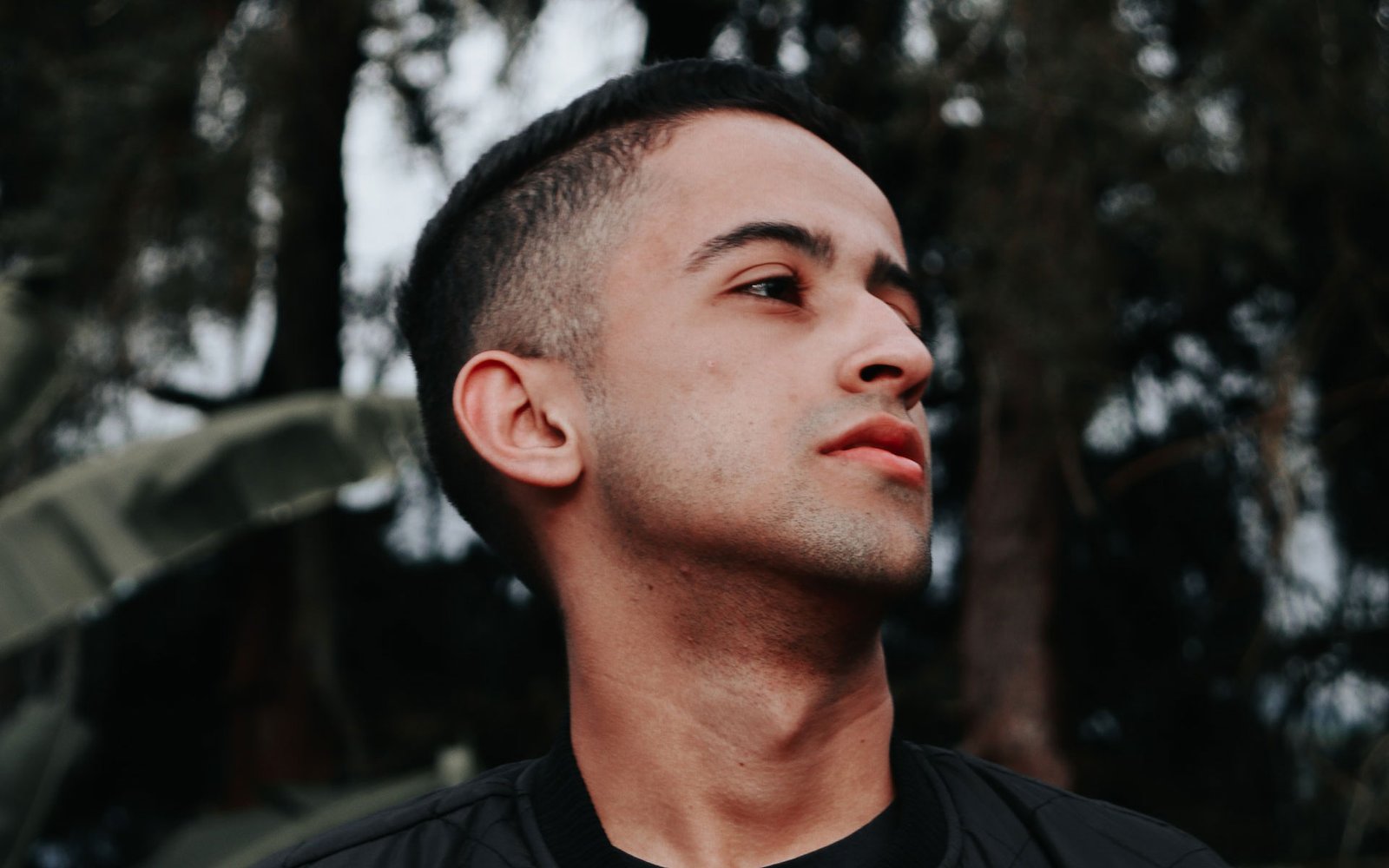To Vita Sackville-West. This how Virginia Woolf’s “Orlando” begins, with a dedication to what many believe to be the writer’s lover, yes, a woman.
It is quite a controversial topic, since not all critics agree on the idea of a romance between the two — Woolf was married to a man after all. Many say it was a love affair that lasted a few years and nothing more, but if we connect the novel to Woolf’s desire to dedicate an entire novel about bisexual love and gender transformation to her, this interpretation may vary slightly.
“Orlando” is the story of a nobleman of the 16th century who unexplainably lives through many centuries, living them all, until the 1920s, Woolf’s contemporary times.
Apart from this interesting and unusual conception of time, Orlando undergoes a few changes throughout the years. Firstly, he is a poet fascinated by theatre, as an Elizabethan man, then he is a Romantic poet, then an unconventional, anti-traditional author. The only thing that has really changed, though, is Orlando’s gender; one day, he wakes up as a woman.
Orlando is confused but curious about how this change is going to influence her life from now on. How does society treat me? How is life as a woman opposed to a man’s? The answers to these questions are broadly explored by Woolf; not unquestionably, she is an icon in feminist writing, a firm believer in equality between genders.
Anyway, the moving and really modern aspect is that the person Orlando was before the transformation didn’t change; she is still clumsy, fond of solitude and devoted to literature, but most importantly, she still loves the woman she loved as a man: Sasha, the Russian princess.
The novel has been generally seen as an autobiographical coming-out, a way for Woolf to say that she was bisexual and that love is still love even if it’s between a woman and a woman, because no matter the changes one can experience, love won’t alter.
Personally, I think the fact that first she was a man and now she’s a woman could make this work one of the first to deal with transsexuality. Orlando is still herself, Orlando is still the wonderfully inspired human being she was before — she just changed appearance.
The problem is that we don’t know how and why Orlando is now a woman, but we probably don’t need to know. Nevertheless, we can still appreciate the amazingly symbolic message that Woolf was trying to send to us.












